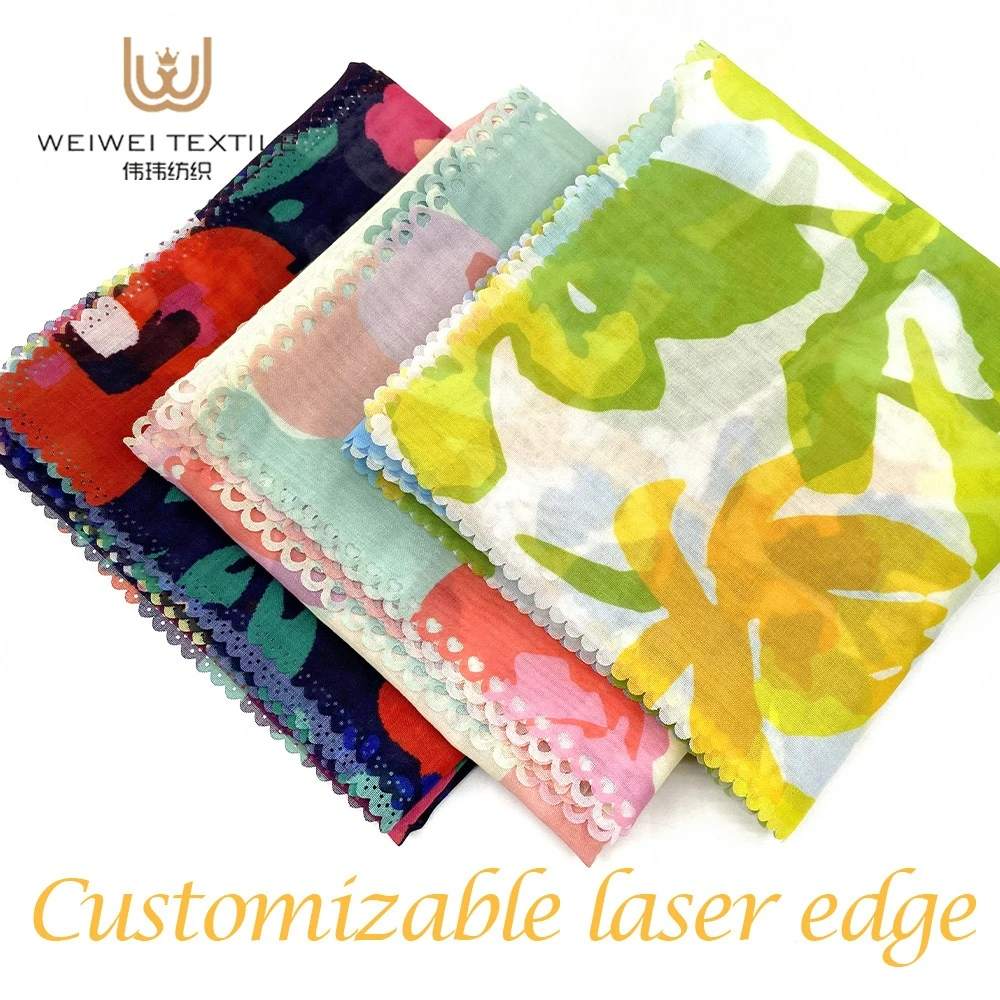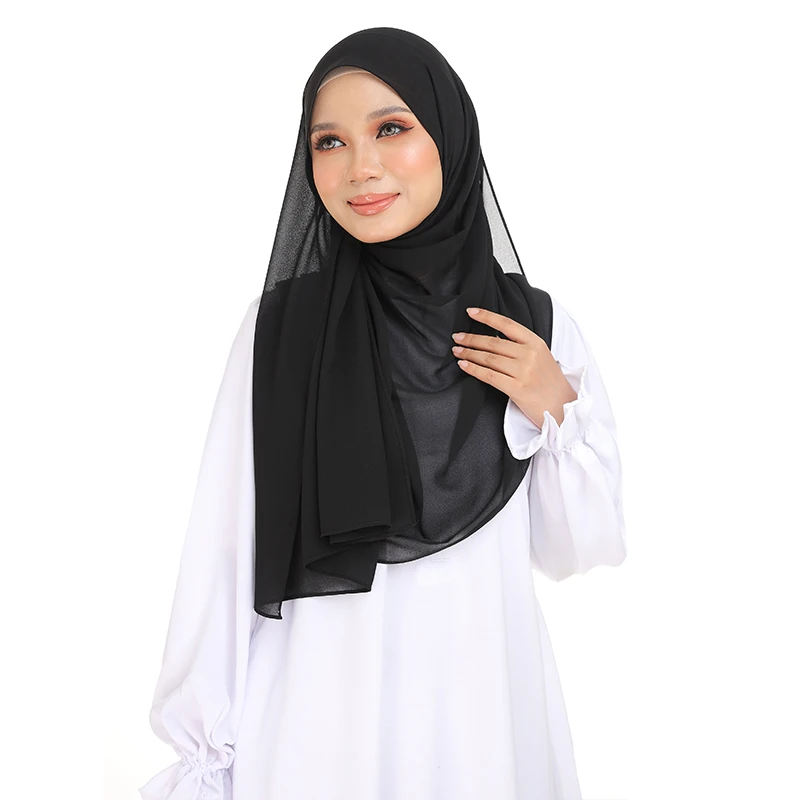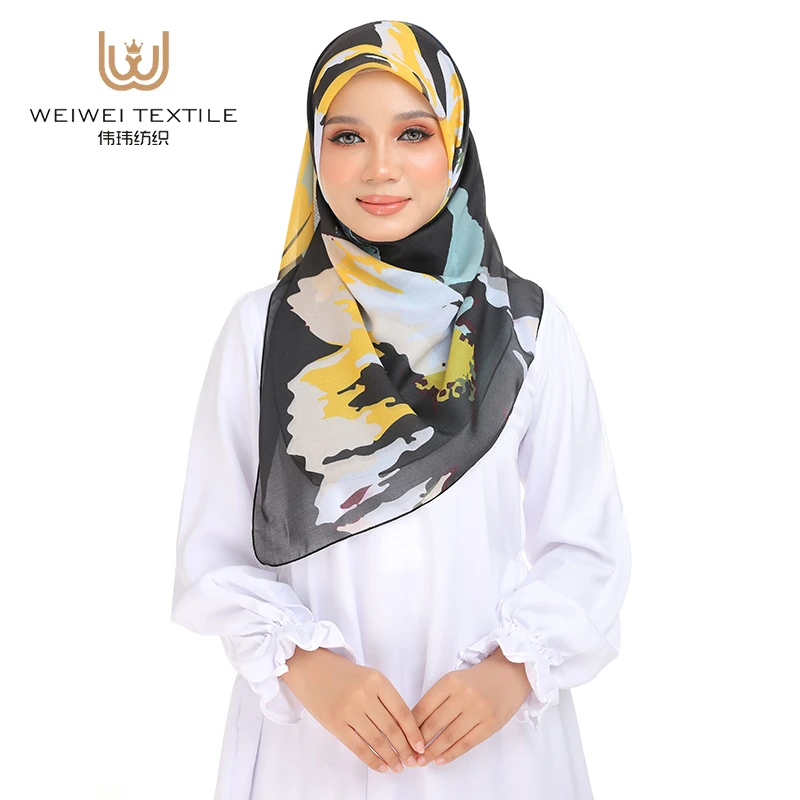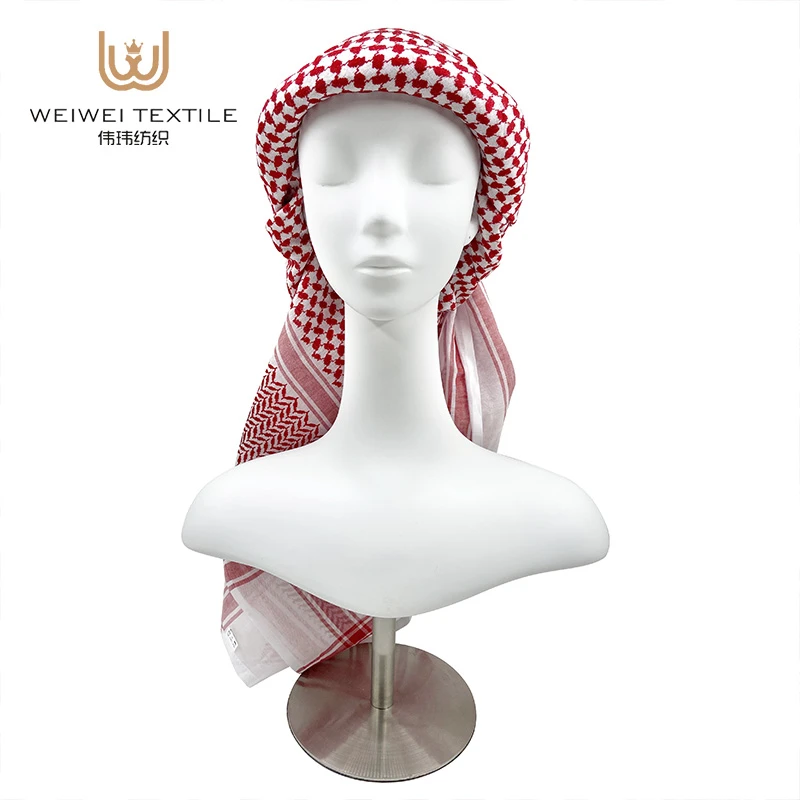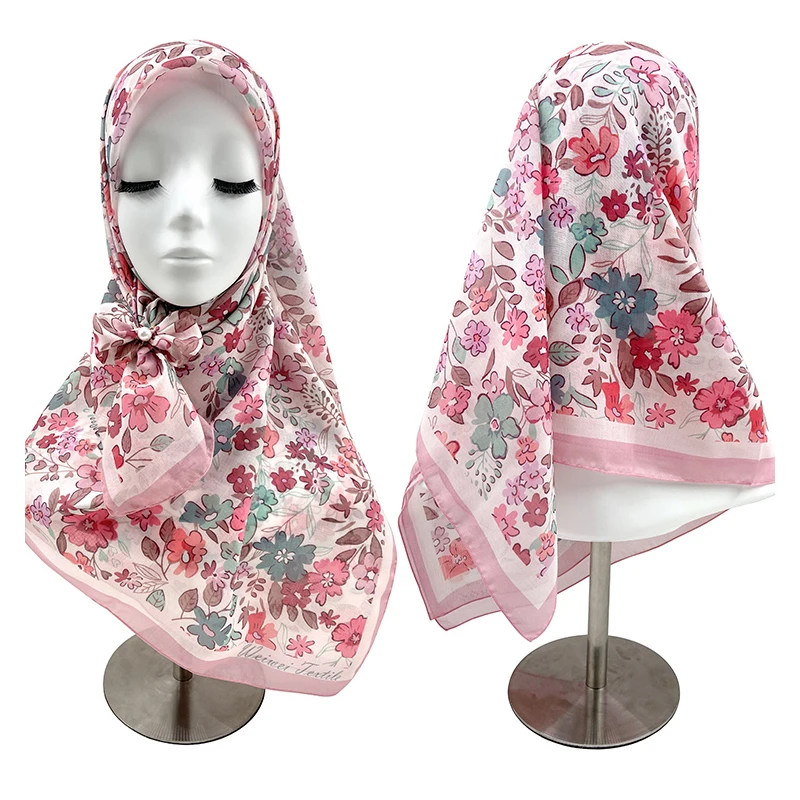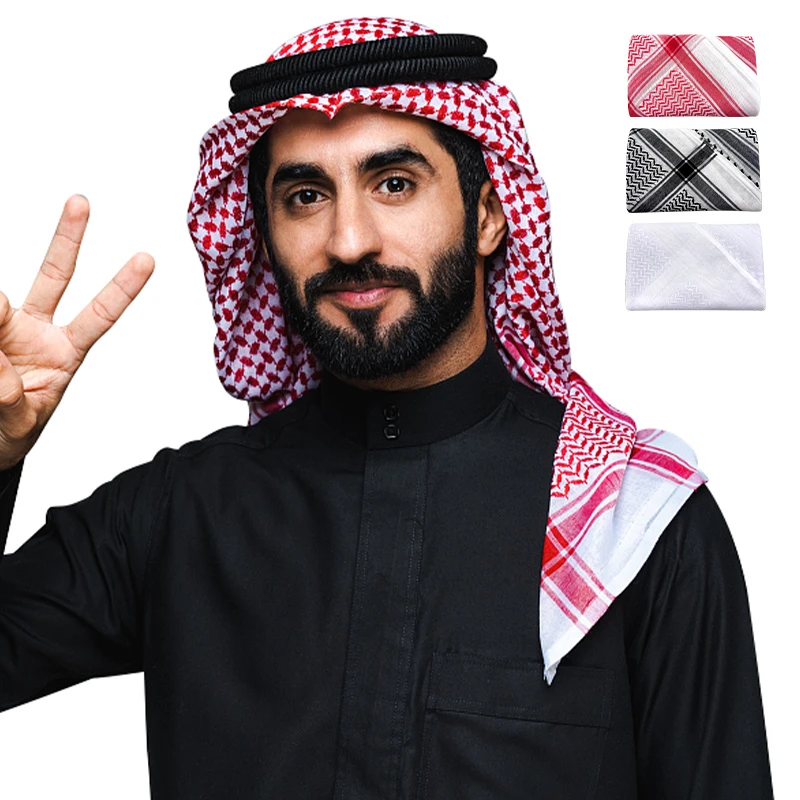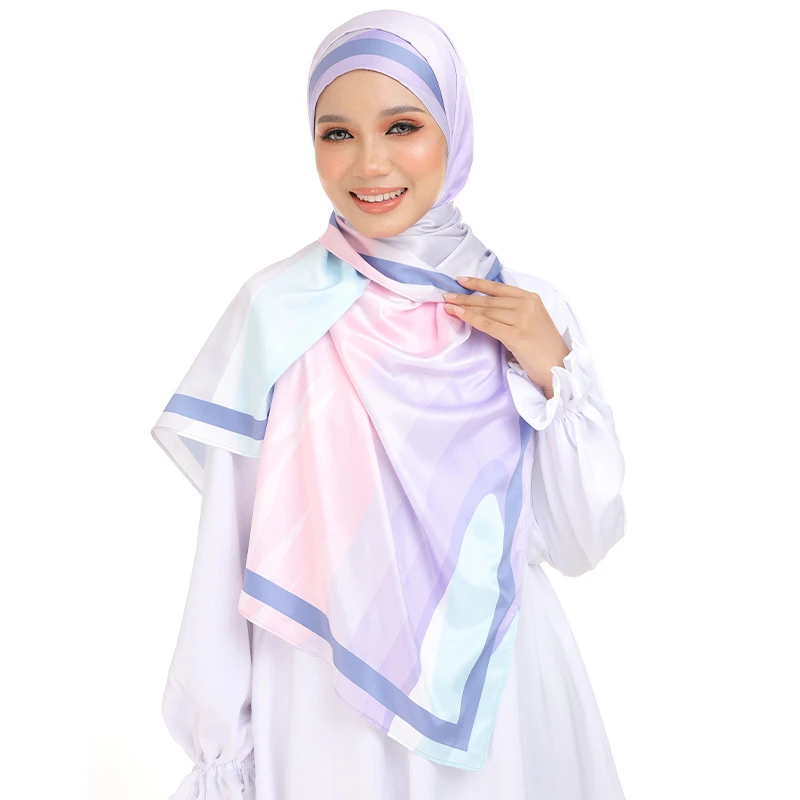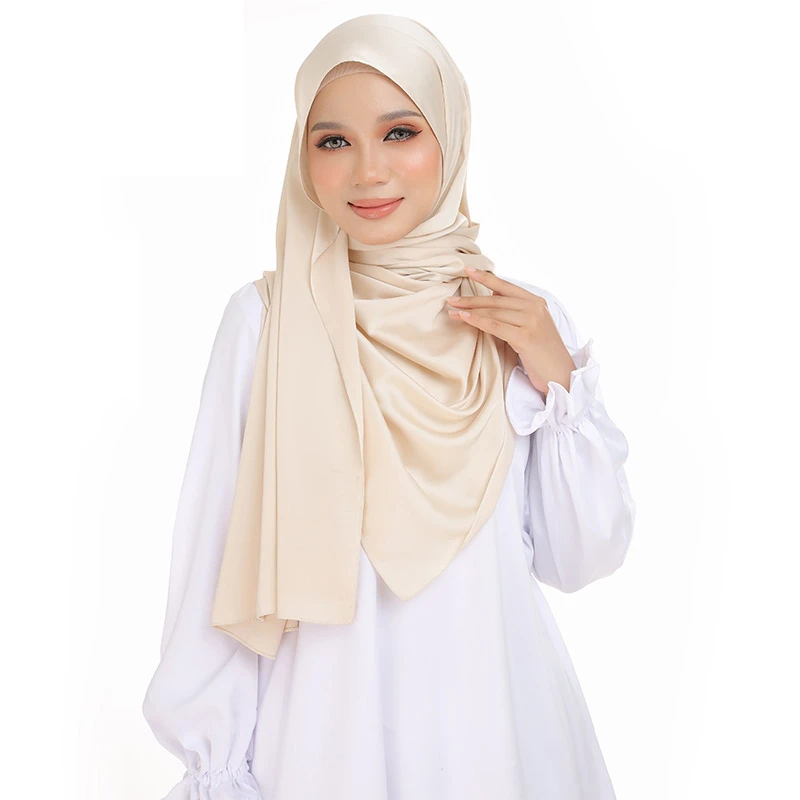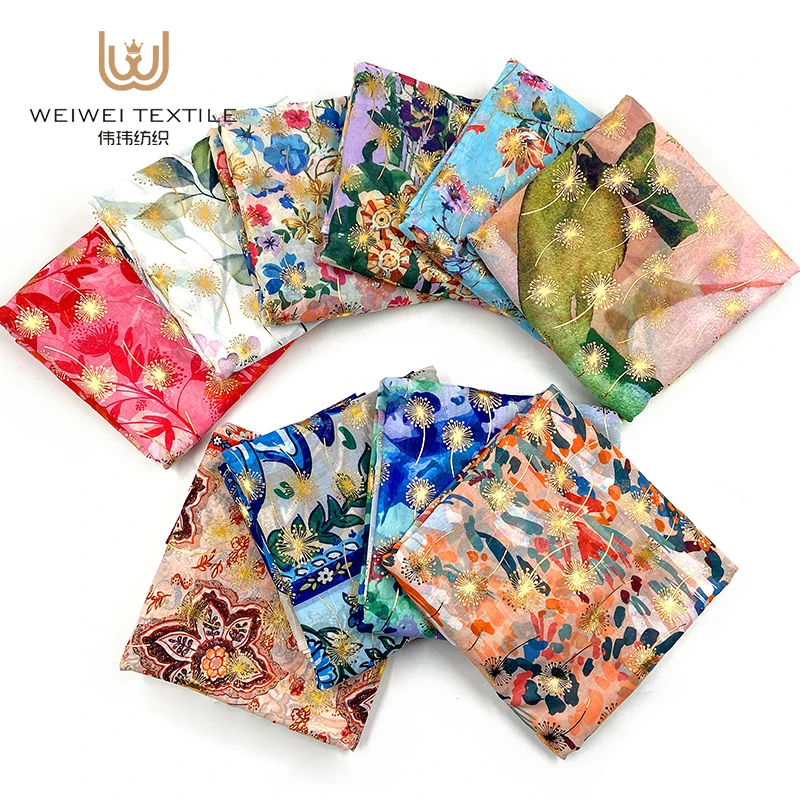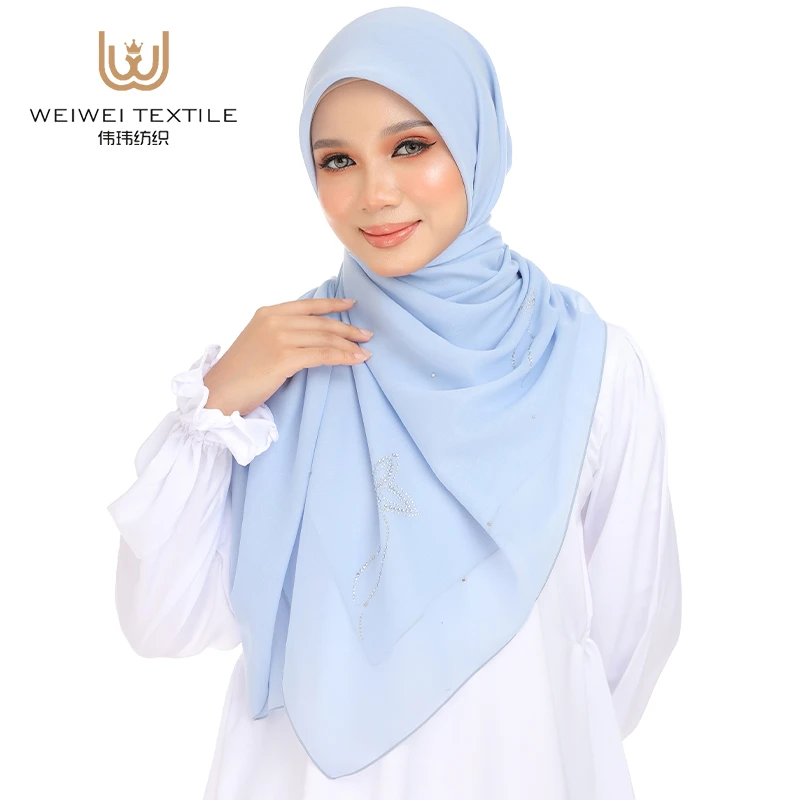Oct . 29, 2024 18:01 Back to list
Arabic Men Scarf Carry Profound Cultural Heritage
The historical roots of men's Arabic scarf are deeply rooted in the culture and environment of the Arabian Peninsula and surrounding areas. These scarves are not only a part of clothing but also bear rich history, tradition and symbolic significance.
Historical Roots of Men's Arabic Scarf
The historical roots of men's Arabic scarf can be traced back to Bedouin culture. These nomadic tribes rely heavily on practical clothes to survive in the harsh desert environment.
Bedouin heritage: The use of scarves for sun protection and sand prevention can be traced back centuries. Bedouins wear them as shields against bad weather, demonstrating their practicality in challenging environments.
Trade and influence: With the expansion of trade routes, the styles and materials of men's headscarves are also evolving. The influence of various cultures through trade has led to the exchange of textile techniques and styles, enriching the tradition of wearing scarves in the Arab world.
Contemporary Popular Arabic Head Wraps
In recent years, the integration of traditional scarves into contemporary fashion is gaining momentum. Designers and fashion lovers have begun to explore new ways to integrate these cultural symbols into modern wardrobes.
Fashion Declaration: Arab scarves have become high fashion, often appearing in fashion shows and designer series. Fashion idols and celebrities display these scarves in different styles, which reflects their adaptability.
Cultural integration: Many contemporary designers integrate traditional patterns with modern aesthetics to create innovative designs that attract global audiences. This integration not only celebrates tradition, but also promotes the development of fashion.
Arab Scarf in Political Context
The use of scarves in a political environment is of great significance, usually meaningful. They are powerful symbols of protest, movement and solidarity.
Protest and Unity: In various political protests in the Middle East and beyond, people wear scarves to show unity and resistance. The men's headscarf, in particular, has become a symbol of the Palestinian struggle and has been adopted by activists around the world.
Cultural diplomacy: Scarves are sometimes used in diplomacy and international relations as a gift or a symbol of cultural exchange. This practice helps to promote dialogue and mutual respect between different cultures.
From their historical roots in society to their role in contemporary fashion and politics, Arab scarves are multifaceted symbols representing identity, tradition, and resilience. Understanding their cultural significance can help us appreciate the richness of Arab identity and expression.
The historical origin of men's Arabic scarf is a complex and diverse story, which reflects the interweaving of climate, culture, society and politics. They are not only things to wear, but also symbols of history and identity, bearing profound cultural heritage. Understanding the history of these scarves will help us better appreciate their importance in contemporary society.
-
Traditional Tudung Designs in Malaysia
NewsJul.25,2025
-
The Spiritual Significance of Satin in Muslim Attire
NewsJul.25,2025
-
The Right Way to Wear Arab Scarves for Muslim Women
NewsJul.25,2025
-
Zikr Bead-Infused Cotton Voile for Continuous Remembrance
NewsJul.11,2025
-
The Cultural Significance of Tudung in Malaysia
NewsJul.11,2025
-
Satin Hijabs as an Expression of Faith in Daily Life
NewsJul.11,2025




